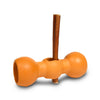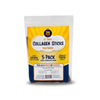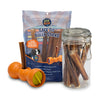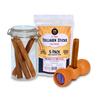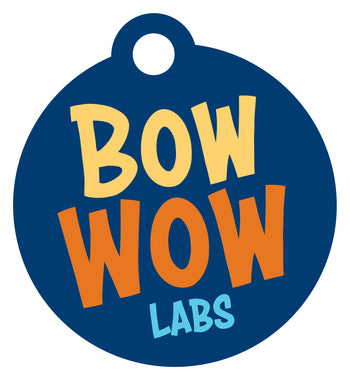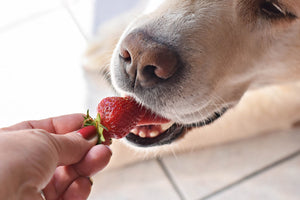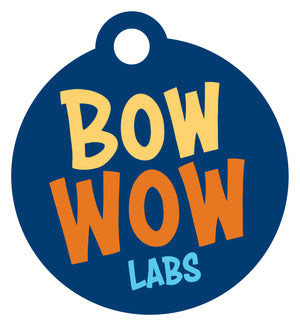Over the course of your dog’s life, there may be times when you have to transition your dog’s food from one brand to another. Whether because of a health concern, a sensitivity or appetite issue, or just a desire to provide a more nutrient-appropriate diet, switching up your dog’s food may be a healthy choice for your pet.
For some dogs, switching food can be a simple process. But for others, particularly dogs with a sensitive gastrointestinal system, a more gentle approach — along with a little planning — is your best bet for success.
Why change your dog's food?

There are a number of different reasons why dog owners might consider changing their dog’s food — from weight management and health concerns to simply wanting to provide a higher quality, more nutrient-dense option.
Here are some of the most common reasons for switching food brands:
1. Choosing a healthier recipe
2. Opting for a more natural, minimally processed food
3. Interest in the benefits of nutrient rotation
4. Dog has known issues with ingredients in a food
5. Pup is disinterested or being finicky about existing food
How to switch to a new dog food brand

Transitioning to a new food can be a bit shocking to your dog’s system, and for some, loose stool may result. The easiest way to avoid this is to make sure you have a plan. Here’s how to switch from one brand to another while putting the least amount of stress on your dog’s body.
Plan on a 7-day process that involves mixing the new food with the old. You’ll start by adding a small amount of the new food to your dog’s existing brand, and then gradually increasing until the entirety of the bowl is made up of the new food.
Here’s how it will look:
Days 1 & 2: Mix 25% of the new food with 75% of the old food
Days 3 & 4: Mix 50% new food to 50% old food
Days 5 & 6: Mix 75% new food to 25% old food
Day 7 & on: 100% new food! (Transition complete!)
By slowly introducing the new food over a period of a week, your dog has time to adjust to his new diet, which will decrease the likelihood of a negative response.
Possible dog food transition side effects

Even if you do it slowly, switching your dog’s food may come with a few side effects, including loose stool or excess flatulence.
Some bodies are more sensitive than others and require extra patience and time when transitioning. If you find that your dog begins to have issues during the 7-day transition period, pause and go back to the last ratio where their body was okay and not exhibiting signs of distress. Continue feeding at that ratio for an additional two days before moving on to the next phase of the transition schedule.
If after doing this your dog’s signs do not clear, you may want to stop the transition and try a different food from a different manufacturer. As we discussed in a previous blog on picky eating, some dogs have an intolerance to specific secondary ingredients and this may be the cause.
Johnna Devereaux is a Clinical Pet Nutritionist and canine wellness expert. She is the Director of Nutrition and Wellness for Bow Wow Labs and sits on their Board of Advisors.
The points of view expressed above are those of our clinical nutritionist and supported by science, her education and experience. However, we recognize there may be different points of view or opinions on some aspect or even the premise of this article. Our goal at Bow Wow Labs is to provide the best, clearest, and most helpful information possible to help keep your dog happy, healthy and safe.
Related Resources
You Might Also Like:
Is Your Dog Finicky About His Dry Food?
Think Your Dog is a Healthy Weight? Think Again.
5 (Non-Medical) Reasons Your Dog May Be Refusing to Eat
Human Foods, Fruits, and Vegetables: What Dogs Can and Can’t Eat



